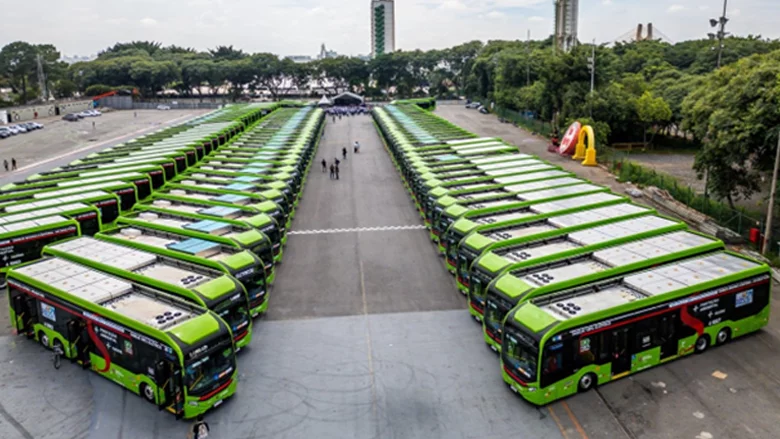Opinion Pieces: since 2007, Prof. David Hensher has written an opinion column in the Australasian Bus and Coach magazine, where he monthly discusses a lot of different transport-related hot topics. In this section we are revisiting these columns.
December 2008
In November each year I head north to spend one week as a member of a small international advisory panel (IAP), chaired by the Singapore Minister of Transport, the Honorable Raymond Lim. As part of the 2008 meeting a ‘World Urban Transport Leaders Summit’ was hooked onto the IAP activity. Attended by over 100 delegates, a big theme was the shape of our cities and the role that public transport might and should play. During the final panel session, there was a lot of discussion on the benefits of having a metropolitan setting with one high density node (namely the CBD) as the basis of ensuring the viability of public transport.
A number of senior and well articulated participants were horrified at the thought, especially those from developing economies where more density is the last thing they want. As the discussion ensued it became clear that there is a lot of global support for a move away from a CBD centric view of the world, in which all transport is radial to the cause of the CBD; often to the neglect of the rest of the system which caters for a far greater number of trips and demands for accessibility.
The largest capital cities in Australia – notably Sydney, Melbourne and Brisbane – would in my opinion be far better off as liveable places if we stopped focusing so much on a single CBD, and recognized that we have cities of cities with great prospects of providing greater accessibility benefits. Some might say we already have refocussed; yet when one looks at what is happening on the ground, it is hard to see what strategic plans, actions plans, and vision statements actually meant. “Lost in translation’ comes to mind!
With a cities of cities focus, we can design our metropolitan fabric so that there is good connectivity between key nodes (i.e., a trunk level of service) as well as good connectivity to each of the nodes (i.e., a feeder level of service), which can use transport means that are very cost effective and capable of delivering the required levels of service capacity. (I distinguish between vehicle capacity and service capacity per hour; the latter is what maters and not the former and when this is accepted we can see the attraction of bus solutions in contrast to rail solutions for most of the truck corridors in our capital cities).
Importantly we are not talking about urban sprawl but about making good use of the existing urban setting in order to give greater accessibility and living environments to all. The next time someone talks about improving access to the CBD, ask them why and at what opportunity cost to the rest of the system.
Food for thought
¿Comments? ¿Opinions? ¿Similar News? Send them to us!












